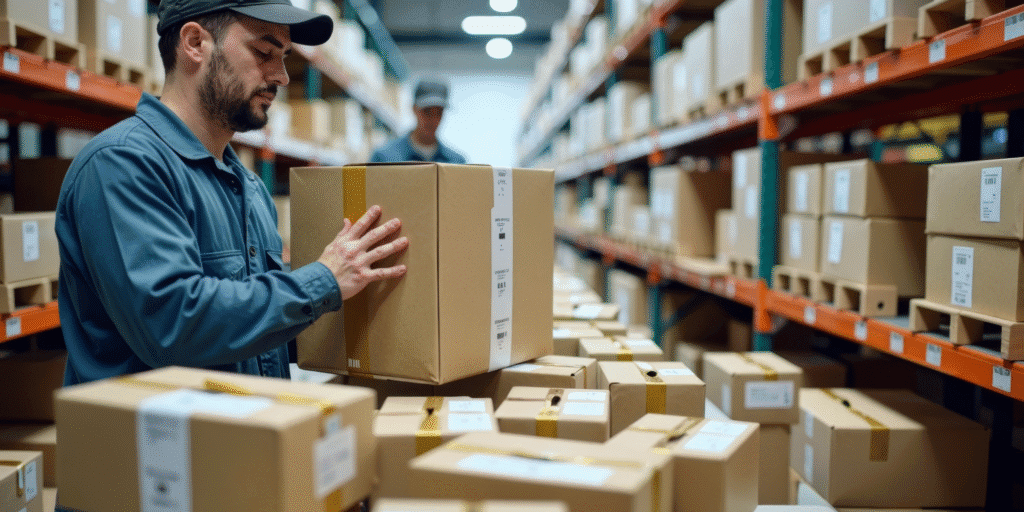In-House Fulfilment Hidden Costs

The Hidden Costs of Sticking With In-House Fulfilment
For e-commerce retailers looking to scale, fulfilment is not simply a back-office function; it is a core component of customer satisfaction, operational resilience, and ultimately, margin protection. Many retailers begin by building their own fulfilment operations. This model can be useful during early growth, when control and cost visibility matter most.
But as order volumes increase, in-house fulfilment can quietly erode margins, introduce inefficiencies, and slow scalability. The hidden costs of sticking with an in-house model are significant and often underestimated.
The Real Cost of Space and Labour
Warehouse space and staff costs are the most obvious line items. Yet hidden layers emerge as retailers scale:
- Seasonality: Recruiting and training temporary staff for peak demand is costly and turnover is high.
- Under-utilisation: In slower months, expensive square footage and staff sit idle.
- Productivity gaps: Industry benchmarks show established 3PLs achieve higher pick/pack rates due to automation and process discipline.
According to Logistics Manager, labour can represent up to 50% of total warehousing costs, and inefficiencies compound rapidly when managed in-house.
Technology Deficit
Modern 3PLs invest heavily in warehouse management systems (WMS), automation, and carrier integrations. For in-house teams, replicating this capability requires:
- Significant capital investment.
- Ongoing updates and IT support.
- Integration costs across multiple sales channels (Shopify, Magento and more).
Retailers that delay outsourcing often underestimate the opportunity cost of not having best-in-class fulfilment tech to manage real-time inventory and routing decisions.
Scalability Risk
Retailers scaling from 10,000 to 50,000 orders per month often encounter physical and organisational bottlenecks:
- Limited racking and packing capacity.
- Single-site exposure to disruption (floods, staff strikes, supply chain issues).
- Leadership time spent managing operations instead of growth.
McKinsey research highlights that fulfilment scalability is now one of the top three barriers to international e-commerce growth.
Carrier Management and Customer Experience
In-house operations often rely on a small pool of carriers. When issues arise (delays, lost parcels, service failures), options are limited. 3PLs, by contrast, maintain multi-carrier relationships and can recommend alternative routing if needed.
The result is improved resilience and customer satisfaction. A failed delivery is more than a logistical issue; it can permanently damage lifetime value.
Margin Erosion Through Hidden Inefficiencies
The true danger of in-house fulfilment lies in its cumulative inefficiencies:
- Higher error rates (returns and re-shipments).
- Earlier cut-off times.
- Reduced bargaining power on packaging and freight.
These inefficiencies may appear marginal individually, but together they can erode 3–5% of gross margin. For a £20m retailer, that represents £600k–£1m of value lost annually.
The Strategic Value of Outsourcing
Retailers that switch to a 3PL partner typically report:
- 20–30% faster delivery speeds through optimised processes.
- Reduced capital intensity, freeing cash for marketing and growth.
- Greater resilience during seasonal peaks.
Importantly, outsourcing fulfilment shifts leadership focus back to core growth activities, brand, product, and customer.
For e-commerce businesses looking to scale, in-house fulfilment costs extend far beyond payroll and rent. Inefficiencies, technology gaps, scalability risk, and margin erosion can quietly undermine competitiveness.
The hidden costs of not using a 3PL are real, and growing. By recognising these early, retailers can reallocate resources towards customer acquisition and market expansion, rather than firefighting operational bottlenecks.


